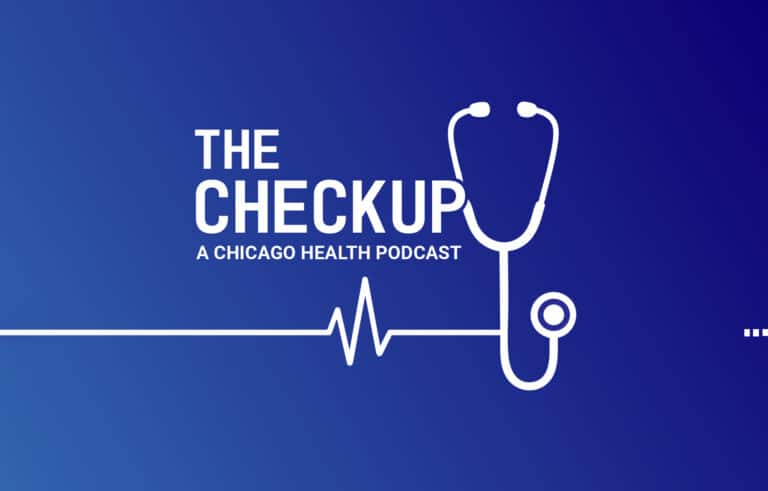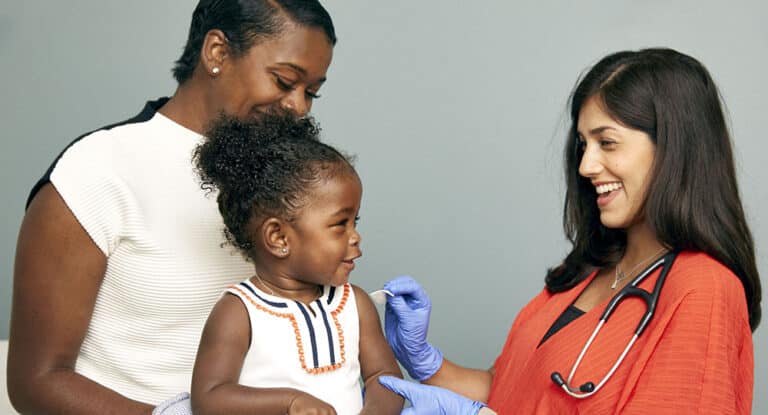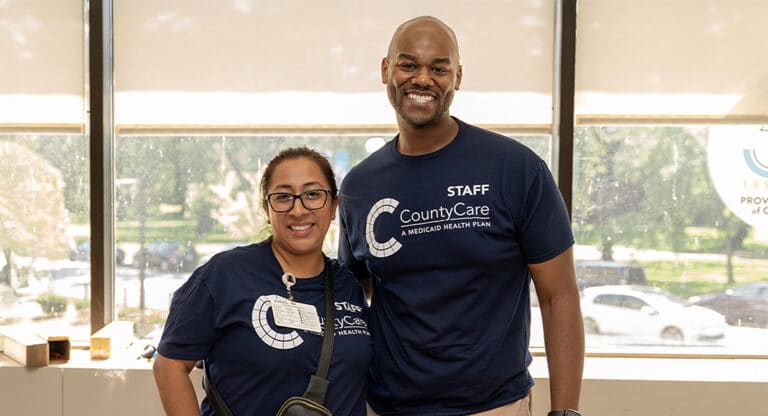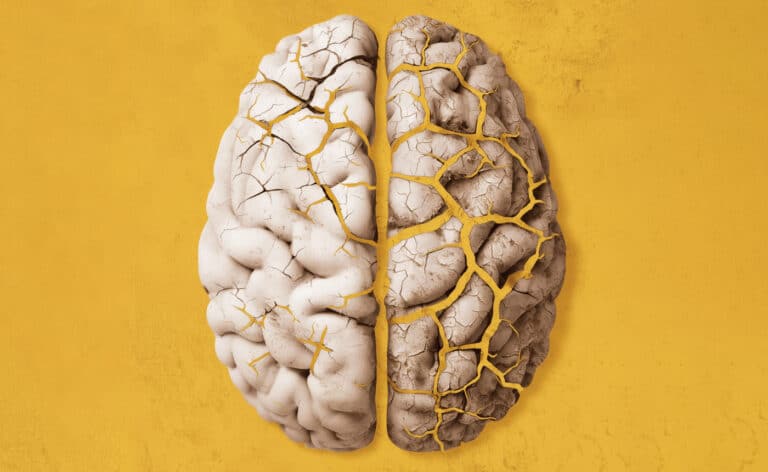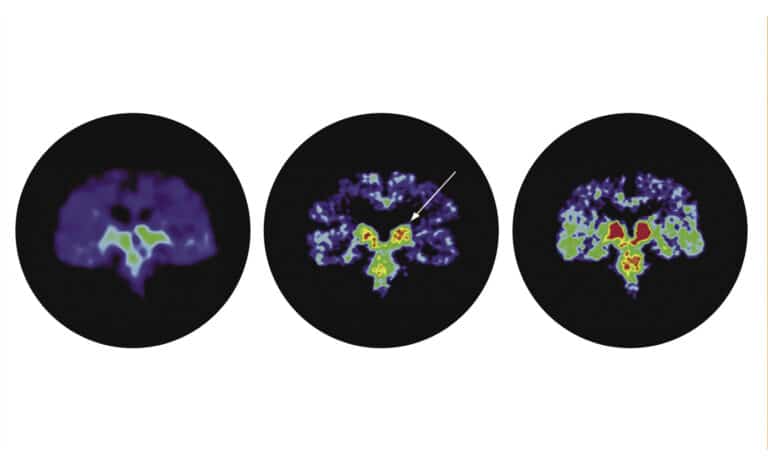Fact checked by Shannon Sparks
People with Parkinson’s disease in the Chicago area now have access to one of only 20 providers nationwide offering a promising new treatment: adaptive deep brain stimulation (aDBS). There is currently no cure for Parkinson’s disease, making this treatment especially vital.
Effective treatments for the neurological movement disorder are critical given what Aikaterini Markopoulou, MD, a movement disorders neurologist at Endeavor Health, calls a “dire prediction” about the disease’s growing prevalence. A recent projection estimates that by 2050, the number of Parkinson’s cases worldwide will double compared with today. According to the Parkinson’s Foundation, 1.1 million Americans are currently affected.
Adaptive deep brain stimulation, available for clinical use in the United States since April 2025, builds on continuous deep brain stimulation (cDBS), which has been the standard of care for more than 30 years. Both treatments involve implanting electrodes into targeted areas of the brain.
Traditional cDBS delivers a constant level of stimulation to suppress abnormal brain activity, with the neurologist making adjustments during routine clinic visits. In contrast, the adaptive version can detect changes in abnormal activity levels and adjust stimulation throughout the day and night.
“The stimulation adapts to whatever the level of activity is,” Markopoulou says, adding that brain rhythms shift throughout the day.
Originally published in the Fall 2025/Winter 2026 print issue.
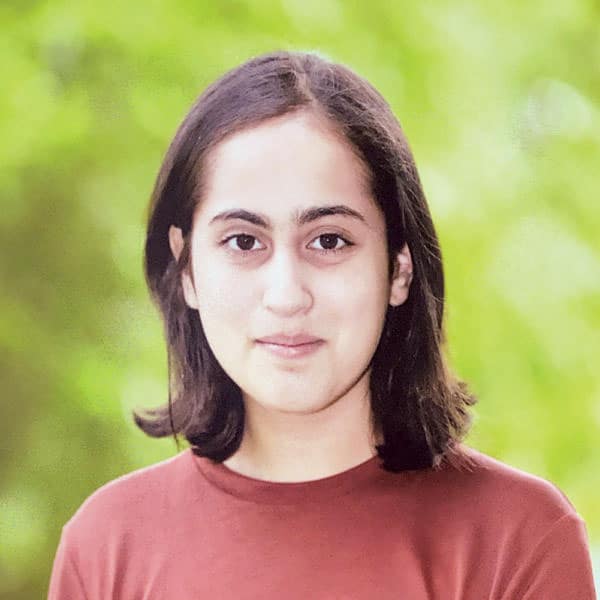
Anushree (Anu) Vashist is a freelance writer who often covers medicine, science, and higher education. She recently graduated from the University of Chicago with a double major in biological sciences and history.




